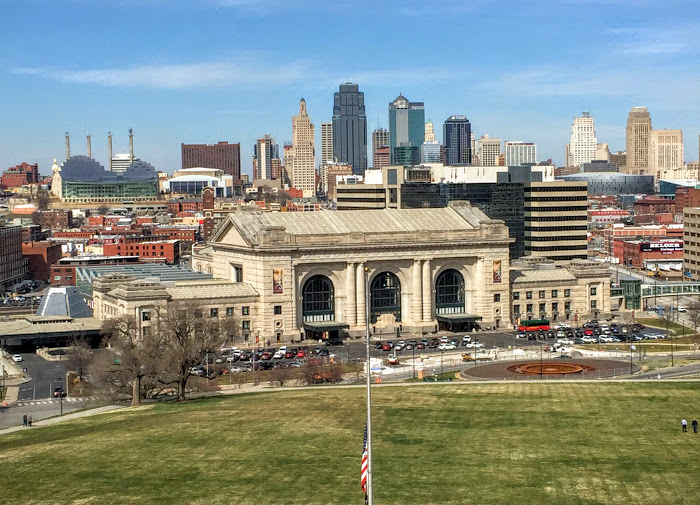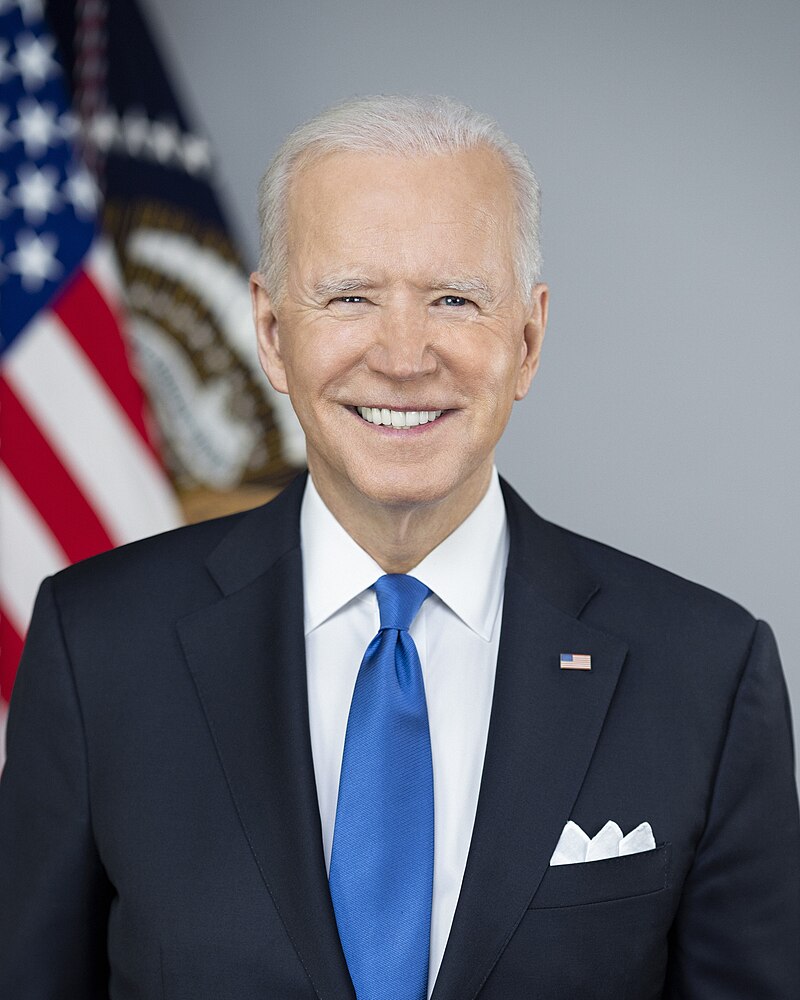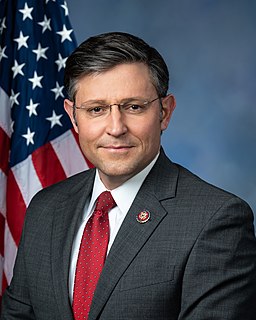For many, religion is a sensitive topic. But does a cartoon depicting a sacred figure in a comical light justify inciting violence?
Across the globe, heated reactions have erupted in response to a religiously-motivated cartoon.
France was the first affected; they deployed riot police to protect the offices of Charlie Hebdo magazine on Sept. 17, after the periodical printed offensive cartoons of the Muslim prophet Muhammad on the cover.
In an ironic twist, riots in Pakistan over an unrelated viral video that mocks the religious figure had recently turned fatal, claiming the lives of 19 people and counting, according to The New Yorker.
But for Charlie Hebdo, a periodical specializing in political humor, courting controversy comes with the turf.
In previous years, the French publication has printed satirical illustrations of respected figures such as Jesus Christ and the Pope. To Charlie Hebdo’s editor, Stephane Charbonnier, it is important to print these illustrations and not succumb to pressure from outside parties.
“If we start saying we can’t do these cartoons because there’s a risk someone will be shocked, then we’ll back down from publishing other cartoons,” Charbonnier told BBC. “There always will be pressure for something less offensive, and so on and so on until we stop making them altogether.”
A now-banned episode of Comedy Central’s South Park depicted Muhammad and earned the show’s creators Matt Stone and Trey Parker numerous death threats. To some, this suggested that something about the revered figure incites more anger in viewers than the series’ previous depictions of Christ and other religious icons.
According to Max Carter, head of the Friends’ Center and religious studies professor, this is partially due to the fact that Muhammad is not a divine figure, per se, so much as a respected human being.
“The humanity of Jesus is equal in importance to his divinity, and depictions of Jesus have not been a major issue for Christians,” said Carter in an email interview. “In contrast, Islam ascribes no partners to G-d (Allah); Muhammad is fully human — not divine.”
“Depicting Muhammad was feared (because it might) encourage idolatry,” he added. “More conservative forms of Islam hesitate to depict any human or animal form, lest it violate the commandment against idolatry.”
Publication Charlie Hebdo, however, has no issue with ruffling the feathers of devout followers of any religion, says Laurent Leger, who writes for the magazine.
“We want to laugh at the extremists — every extremist,” Leger told CNN. “They can be Muslim, Jewish, Catholic. Everyone can be religious, but extremist thoughts and acts we cannot accept.”
Still, some think this isn’t a joke so much as an attack. The ruling Islamist party of Tunisia saw the cartoon as a trap with the intent to “derail the Arab spring and turn it into a conflict with the West,” according to Yahoo News.
But should artists hold back their opinions in fear of retribution from such extremists? First-year student Adele Price doesn’t seem to think so.
“I feel that artists have the same rights as religious extremists to express themselves,” she said. “The expression of one should not limit the expression of the other.”
Many echo this sentiment, and would agree that Charlie Hebdo made the right decision in printing the cartoon. When the well-known South Park episode featuring the prophet was pulled from the air, UCLA School of Law Professor Eugene Volokh felt that Stone and Parker’s artistic freedom had been compromised.
“The consequence of this position is that the thugs win and people have more incentive to be thugs,” Volokh told the Los Angeles Times in 2010.
“There are lots of people out there who would very much like to get certain kind of material removed, whether religious or political,” said Volokh. “The more they see others winning, the more they will be likely to do the same. Behavior that gets rewarded gets repeated.”
The world is left with a question.
When the reach of religion extends into the field of art, at what point does it stop being a tool of change and start turning into a weapon of artistic oppression?






